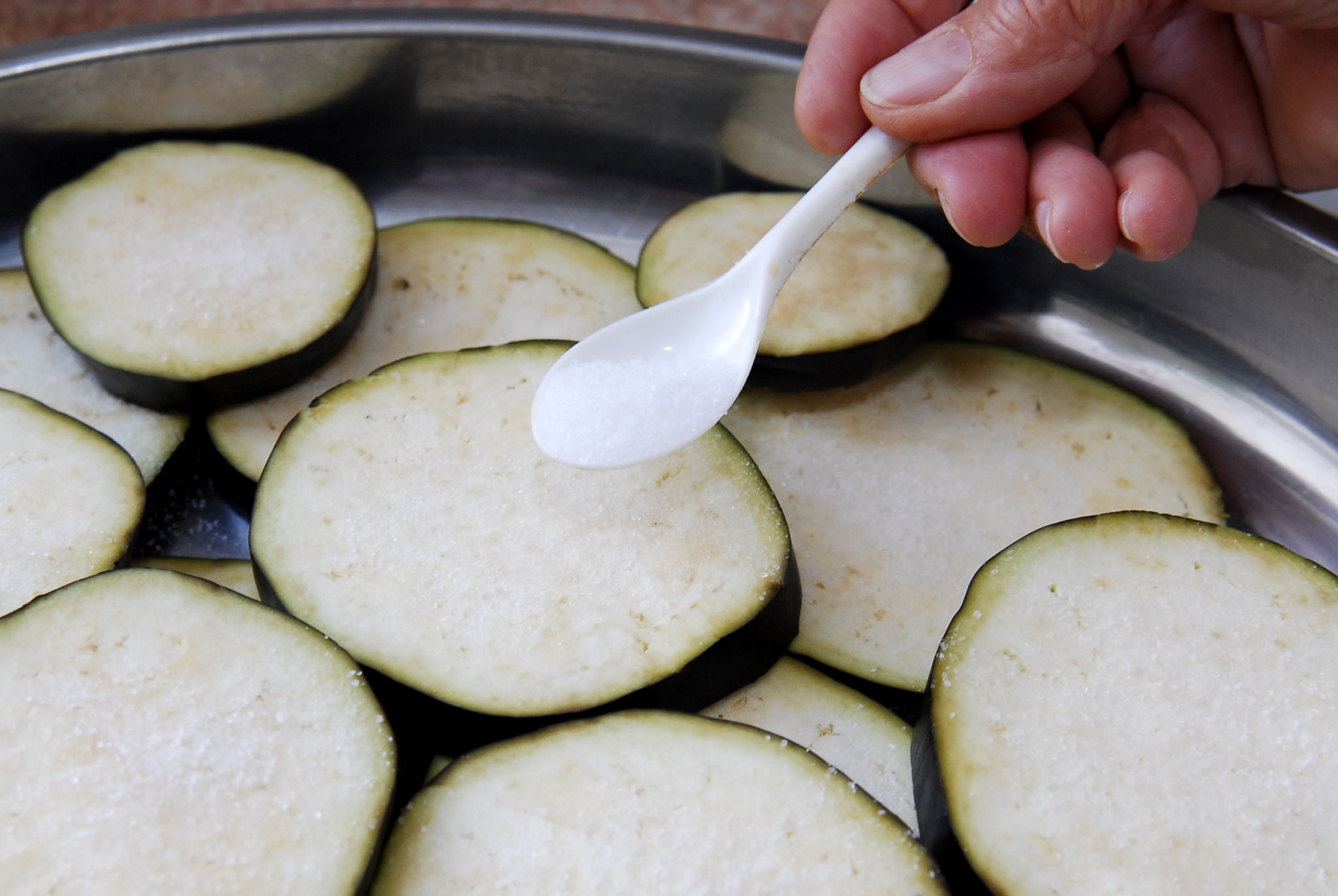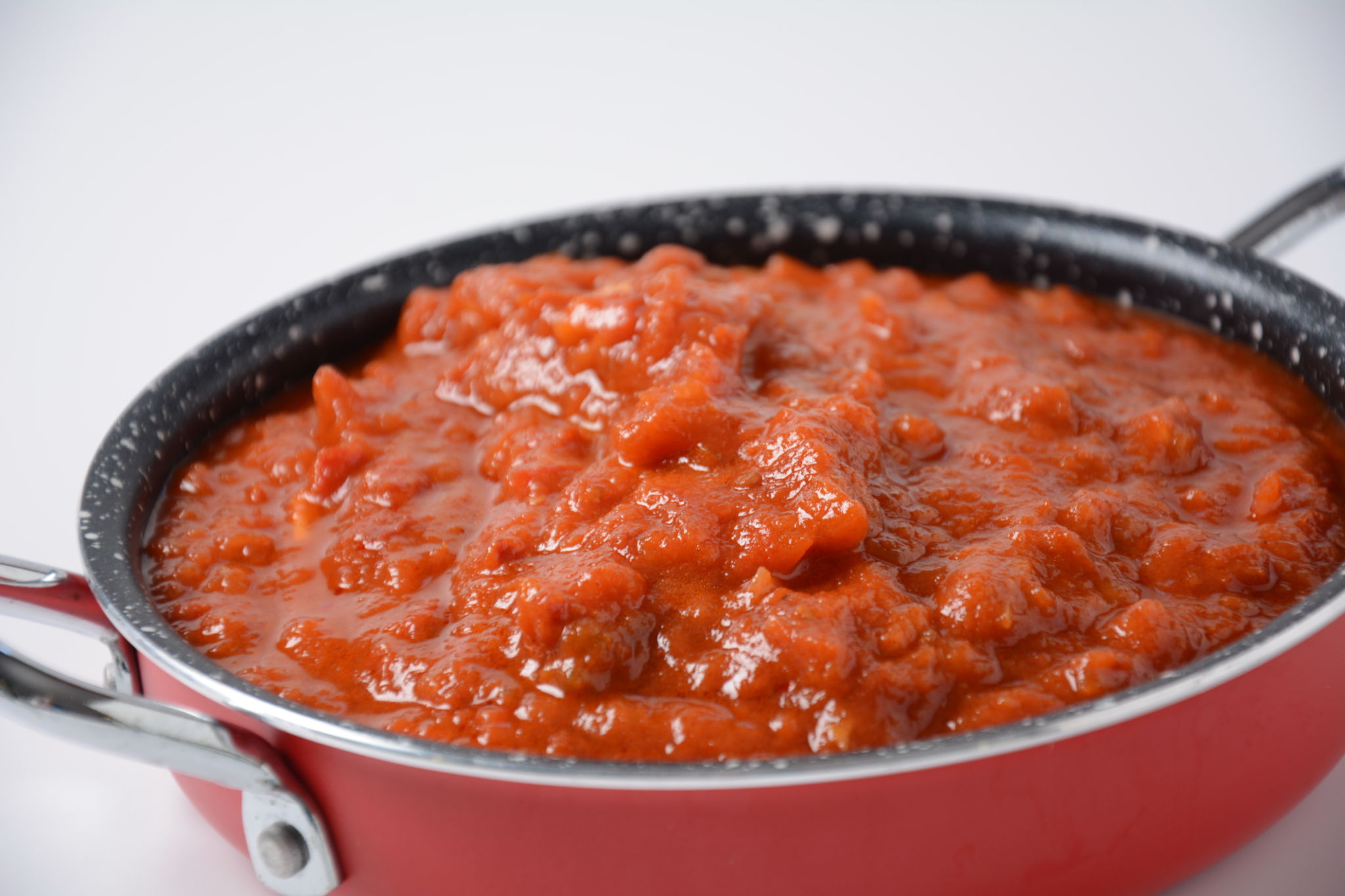How to Make Classic Italian Parmigiana
authentic italian eggplant parmesan recipe
Parmigiana, also known as eggplant Parmesan, is a beloved Italian dish that has found its way into kitchens around the world. As an Italian who loves to cook, this is the version I make at home: a classic recipe that layers tender eggplant, savory tomato sauce, and melted cheese into a comforting, delicious meal. If you’re looking to bring a taste of Italy into your home, follow this guide to make an authentic Parmigiana.
Originating in Southern Italy, Parmigiana is a staple of our cuisine. While many variations exist, the traditional recipe remains a favorite for its simplicity and rich flavors. Let’s dive into the process step by step.

| Season | Summer |
| Ingredients | 9 |
| Difficulty | Easy |
| Serving | 4 |
Ingredients You'll Need
Before you start cooking, gather all the necessary ingredients:
| 2 | large eggplants 🍆 |
| 700 g | Tomato sauce 🍅 |
| 1 | Garlic clove 🧄 |
| 250 g | Mozzarella 🧀 |
| 100 g | Parmesan cheese, grated 🧀 |
| To taste | Peanut oil |
| To taste | Fresh basil leaves🌿 |
| To taste | Extra virgin olive oil 🫒 |
| To taste | Salt 🧂 |
These ingredients will ensure that your Parmigiana has the authentic flavors that make it a favorite among Italian dishes. The quality of the ingredients, especially the cheeses, can greatly influence the final result, so choose wisely!
1. Preparing the Eggplant
- The first step in making Parmigiana is preparing the eggplants. Slice them into rounds about 1/4 inch (about 0.6 cm) thick.
- Sprinkle coarse salt (I usually use coarse sea salt) on both sides of each slice to draw out moisture and bitterness.
- Let them sit for about 30 minutes before rinsing and patting dry with a paper towel.
- In the meantime, slice the mozzarella, squeeze out any excess liquid, and let it drain. The goal is to remove as much moisture as possible; otherwise, it will release water during baking and make the parmigiana soggy.

2. Making Sugo
- While the eggplant is resting under the salt, start preparing the sugo (tomato sauce). In a pan, heat some extra virgin olive oil (EVOO) over low to medium heat.
- Add a garlic clove and let it gently turn golden, infusing the oil with its aroma—be careful not to burn it.
- After the oil is warm and fragrant, usually after about 2 minutes, pour in the tomato sauce.
- Season with a pinch of salt, a little freshly ground black pepper and the basil, then let the sauce cook slowly over low heat for at least 30 minutes. The real key is consistency: it should become thick, rich, and slightly reduced. Allow the excess water to evaporate so the sauce reaches a concentrated, almost velvety texture. This step is crucial because Parmigiana already contains several watery components, like the sauce itself and the mozzarella. If the sauce is too runny, the final dish will end up soupy after baking. The goal is a sauce that’s dry enough to hold everything together beautifully.

3. Frying the eggplant
- Next, prepare the eggplant for frying. You have a couple of traditional options: you can lightly dust each slice with flour (a step that helps create a delicate crust) before frying, or simply fry the slices as they are, without any coating.
- Whichever method you choose, fry the eggplant in olive oil until golden brown on both sides. Pour a generous amount of peanut oil into the pan and heat it well before frying. If the oil isn’t hot enough, the eggplant will absorb too much oil.
- After frying, place the slices on paper towels to absorb any excess oil.

4. Layering the Parmigiana
Once your eggplant slices are ready, it's time to assemble the dish.
- Preheat your oven to 375°F (180°C).
- In a baking dish, spread a layer of tomato sauce at the bottom. Follow with a layer of fried eggplant slices, then sprinkle mozzarella and Parmesan cheeses on top. Repeat this process until all ingredients are used up, ensuring the top layer is generously covered with sauce and cheese.
5. Baking to Perfection
- Bake in the preheated oven for about 30 minutes.
- Let it cool for a few minutes before serving.
Serving Suggestions
Parmigiana tastes even better the next day and can be enjoyed at room temperature. It’s a classic Italian dish often brought to the beach for a delicious, satisfying meal under the sun.
Conclusion
Making Classic Italian Parmigiana at home is a rewarding culinary experience that doesn't require advanced cooking skills. By following these steps and using quality ingredients, you can create a dish that's both comforting and impressive.